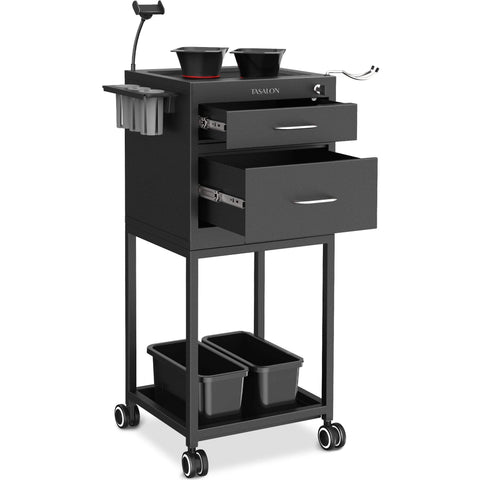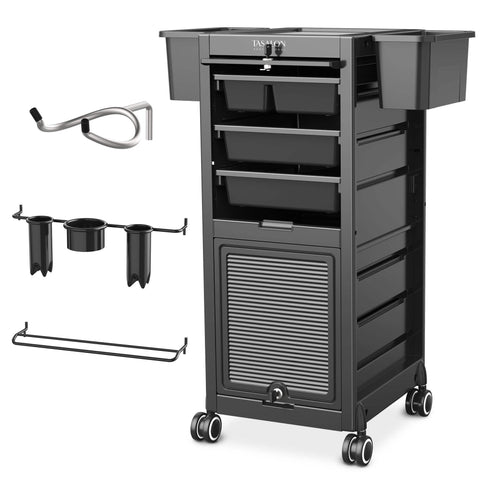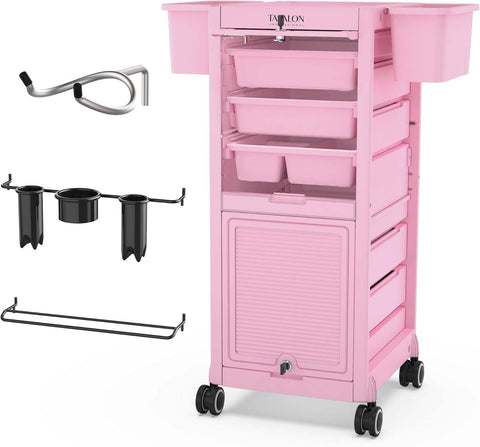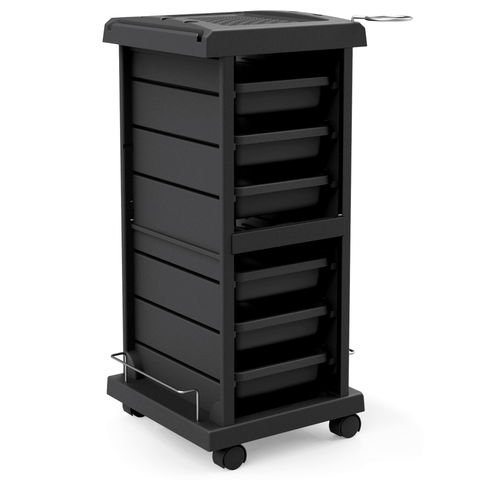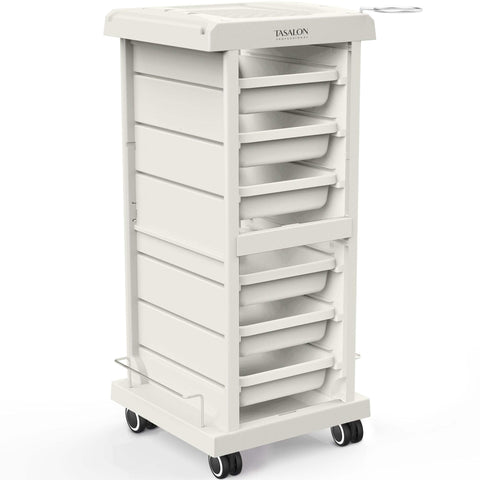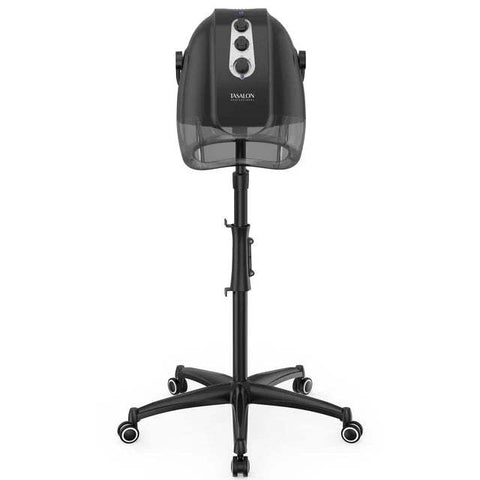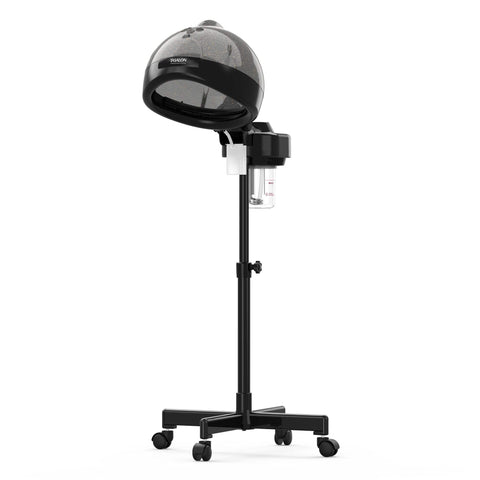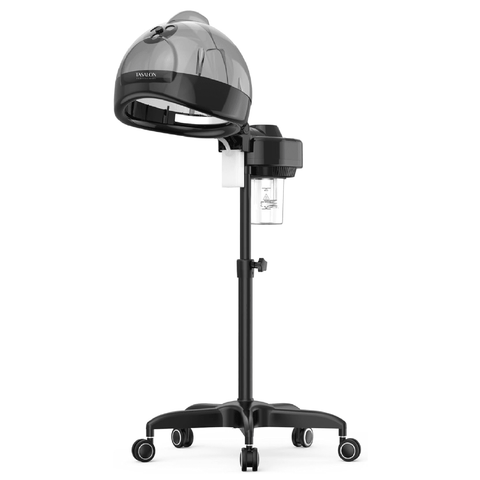INTRO:Learn how to effectively deal with difficult customers and their complaints to ensure a positive reputation and long-term success for your business. This guide offers tips on active listening, empathizing with customers, and finding solutions to maintain strong customer relationships.
How to deal with difficult customers and how to deal with reasonable or unreasonable complaints from customers is related to the reputation and long-term healthy development of enterprises. You may have the best products and services, offer the most reasonable prices, and provide the most comprehensive customer service, and you will still encounter unpleasant customers as a result. How much investment is required to open a small hairdressing shop
Whether from personal experience or professional experience, we cannot meet all customer requirements and make all customers satisfied. Remember that you have your way of doing things, remember that your products and services are not perfect, and remember that you can't meet the needs and desires of customers all the time. How much investment is required to open a small hairdressing shop, and how to deal with reasonable or unreasonable complaints from customers, which is related to the reputation and long-term healthy development of the enterprise. Here are some tips to help you deal with tricky or even annoying customers. Listen, listen, listen We all like to think we're the best listeners, but most people aren't. Work, family, friends, daily chores, obligations, etc., take up a lot of time, making us busy and stressful.
Even good listeners sometimes fail to listen well for a variety of reasons. Another barrier to being a good listener is our belief that some customers with special proclivities are simply troublemakers. Stereotypes prevent us from listening to unhappy but reasonable, practical opinions from our customers. So, before you lose your temper with a complaining customer, take a deep breath, put aside your thoughts on the matter, your preconceptions about the customer, and stop what you are doing and listen carefully. Try to understand where customers are dissatisfied and what they are not satisfied with. Only by taking the time to ask and listen can you understand what upsets a customer.
The key to understanding customer complaints is to learn to put yourself in the customer's shoes, make sure to really listen to the dissatisfied customer, explain your reasons, and then tell him that you are sorry for this happening. After making this shift, you'll find that many tough problems will be solved. When looking for a solution to a customer's complaint, remember that he is not satisfied with the treatment he received.
The next step is to hear the customer's complaint and look for a solution to the complaint. How to find a solution to the problem? One is to first propose a method by himself, and then wait for the customer to propose a good solution he thinks; The second is to ask the customer what they can do, and then compare it to your solution. As with any other form of negotiation, the advantage of having the client come up with a solution is that you first get the other party to make an offer, and then you will know exactly where you are and what you can do to satisfy him.
When the customer doesn't have a solution or refuses to propose it, it's the right time for you to come up with a solution. For example, how much investment does it take to open a small hairdressing shop, and miss a customer meeting because you see the wrong time. You are responsible for this. By listening to the customer's complaints, you will quickly see that the customer is really angry about the no-show, because he took the valuable time in the work, but the plan was not completed, and in the end, it was fruitless. To alleviate the customer's unhappiness, your solution should be this: Apologize for wasting his time. Let him come up with a solution. If he doesn't have a solution, then you reschedule the meeting and offer him something commercially rewarded to calm his anger. When you meet the client again, meet him on time and provide the best service.
If you've tried everything and the customer relationship still can't be handled, remember to be as humorous as possible and avoid getting him away by avoiding arguments. There is nothing for an unreasonable guest to go; The point is that he left angrily, and then told others that the products and services you provide are very bad, which will have a great impact on the enterprise.
Recommended Salon Equipment
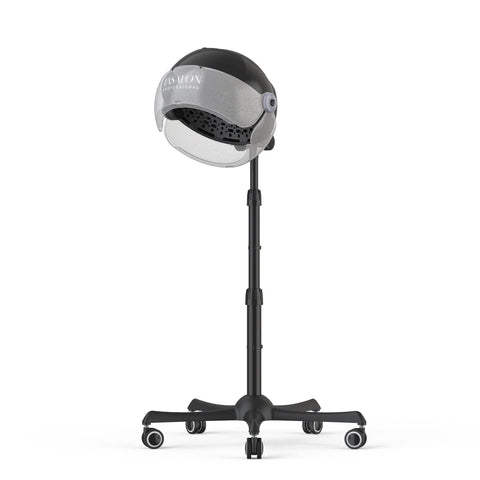
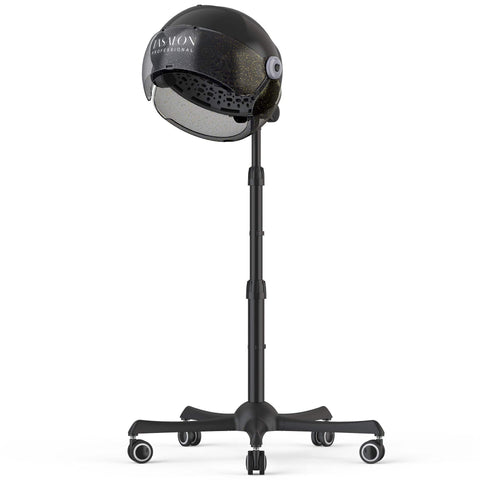
On Sale from $105.99
TASALON Top1 Ionic Hooded Dryer Professional Adjustable Standing Hooded Hair Dryer
-29%






